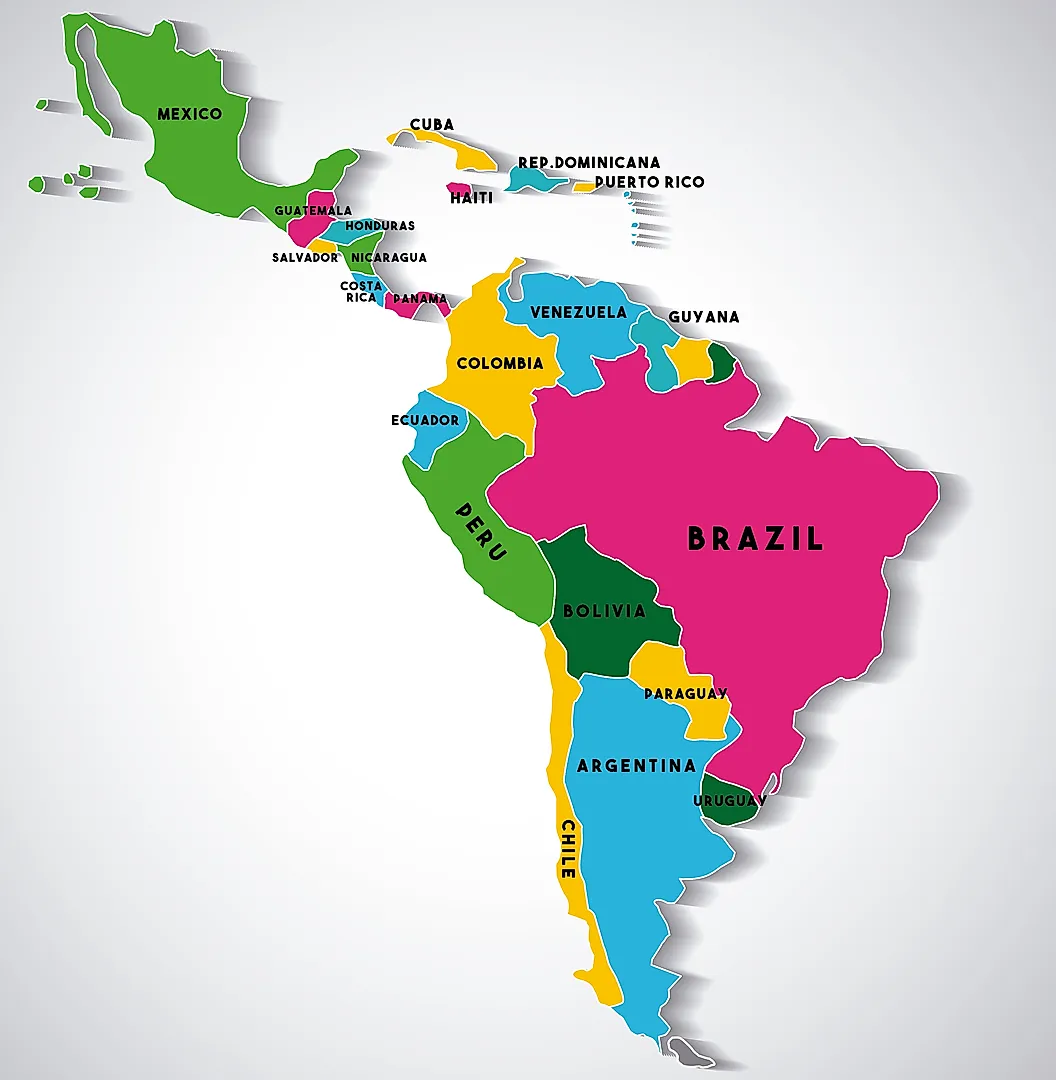Argentina’s midterm elections delivered exactly what President Javier Milei had been hoping for: a resounding national endorsement of his administration and a stronger hand in Congress. His coalition, La Libertad Avanza, now formally allied with PRO, won in 15 out of 24 districts, and counting likely allies, it became the dominant force in both chambers. Peronism, grouped under Fuerza Patria and its provincial allies, held ground in the north and parts of Patagonia but could not prevent a symbolic defeat in Buenos Aires province, the historical heartland of Peronism.
Voter turnout, at just under 68%, was the lowest since the return of democracy in 1983, a sign that fatigue and frustration remain powerful forces in Argentine politics. For many voters, this was not an ideological election but a pragmatic one. As Peronist dissident Juan Grabois admitted, voting for Milei “out of fear of financial chaos” may have been “sensible reasoning.” The appeal of order, however imperfect, outweighed political loyalty.
Economically, the context helped. Inflation has slowed, reserves have modestly recovered, and the government claims to have reached fiscal balance. The sense that the storm has passed, or at least that the worst might be over, gave Milei an aura of control just as Argentines were comparing supermarket prices to last winter’s. The contrast with Buenos Aires province’s earlier local elections is telling: in the conurbano (the Buenos Aires outskirts) the working-class vote leaned narrowly toward Peronism, while inland provinces and upper-middle-class districts along the northern corridor of San Isidro, Vicente Lopez and Tigre, swung sharply libertarian, as did the Atlantic coast.
Argentina is trending on X The United States also played a role, not only through a major financial bailout, a mix of IMF funds, a US$20 billion currency swap, and an additional US$20 billion credit line from the Trump administration, but also through the public enthusiasm of figures like Treasury Secretary Scott Bessent, who has made Argentina a near-daily topic on X.
Let the numbers tell the story. In the Chamber of Deputies, Fuerza Patria maintained its 99 seats, while the La Libertad Avanza + PRO alliance grew from 72 to 104. That gain gives the government control of roughly one-third of the chamber, not enough to pass laws on its own, but enough to block motions and force every negotiation to run through the Casa Rosada. In the Senate, the coalition expanded from 14 to 24 seats, exactly one third of the body, while Peronism fell from 34 to 28. Milei does not have a governing majority, but he now has what he lacked before: veto power and bargaining leverage. The key swing votes will come from Provincias Unidas, Innovación Federal, and other centrist blocs that can tilt any vote in either direction.
Milei and the political gravity well As I wrote in a previous column, Milei’s growth was always more likely to come from the right than from Peronism, and the results make that clear. The LLA-PRO alliance has absorbed much of the traditional center-right, which now struggles to define itself independently. With nearly a third of voters abstaining, it’s hard to argue that Argentina has shifted dramatically, but the political gravity on the right is unmistakably pulling toward Milei, and in turn pulling Milei himself away from his libertarian identity and closer to a socially conservative persona.
If the scene feels familiar, it’s because Argentina has been here before. In 2017, Mauricio Macri celebrated an almost identical midterm triumph: his Cambiemos coalition won 41.8% of the vote, dominated Buenos Aires province, and proclaimed that it had “ended populism.” Two years later, the economy collapsed under debt and disillusionment.
This time might be different, but the arithmetic of optimism looks almost too similar. Macri once had US$57 billion from the IMF to buy time; Milei now counts on roughly US$60 billion when adding the swap and Trump-backed loans. Different decade, same numbers, slightly more dollars, and the same eternal hope that the math will finally work.
Labor reform in Argentina What comes next will be defining for Milei’s project. The government is preparing an ambitious reform package touching labor law, taxation, and the penal code. On paper, all three are long overdue; in practice, Milei’s drafts have already raised eyebrows. Extending the workday from eight to 12 hours runs counter to global trends toward shorter working weeks. The proposal to introduce “dynamic salaries” tied to sector productivity, eliminate inflation-indexed raises, and revive the ticket canasta, a pseudocurrency used to pay part of wages in grocery vouchers rather than pesos, has sparked criticism even among allies.
The penal reform is equally contentious: lowering the age of criminal responsibility from 16 to 13 is seen by many as a provocation. Even within his bloc, lawmakers concede that these proposals will require heavy rewriting before reaching the floor.
Ultimately, this landslide is less about changing Argentina’s legislative arithmetic than about changing its tone. Milei now negotiates from a position of strength, not survival. Peronism will likely act as a disciplined opposition, but the real test lies with the governors and centrists who can determine quorum and tilt any vote.
If 2017 taught Argentina anything, it’s that legislative victories are fleeting. What comes next depends on whether Milei can turn his symbolic majority into governability by ending the alienation of his political rival and embracing negotiation, or whether, like Macri before him, he discovers that electoral momentum fades faster than the money.




